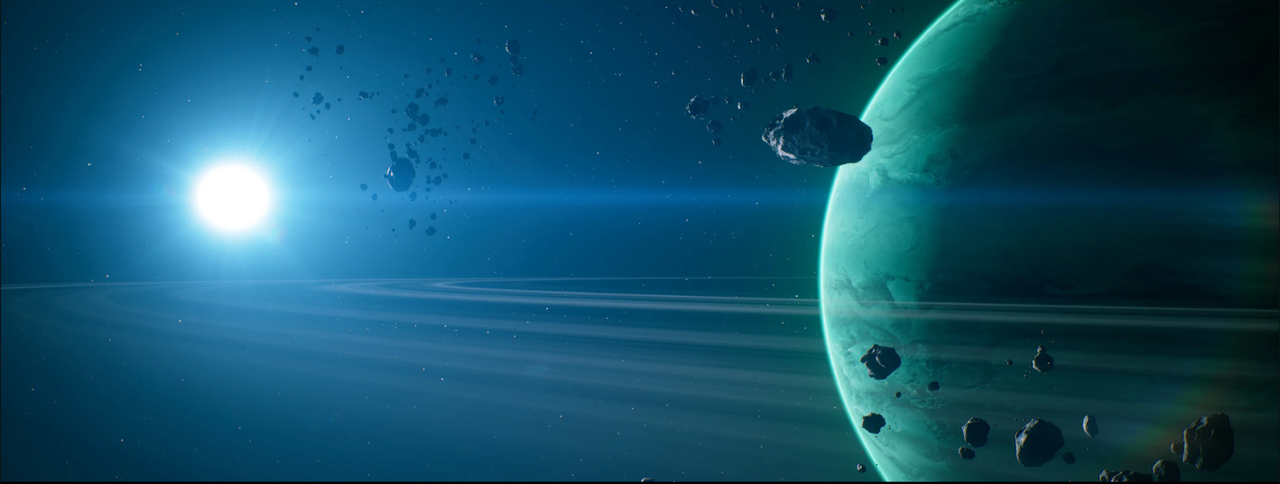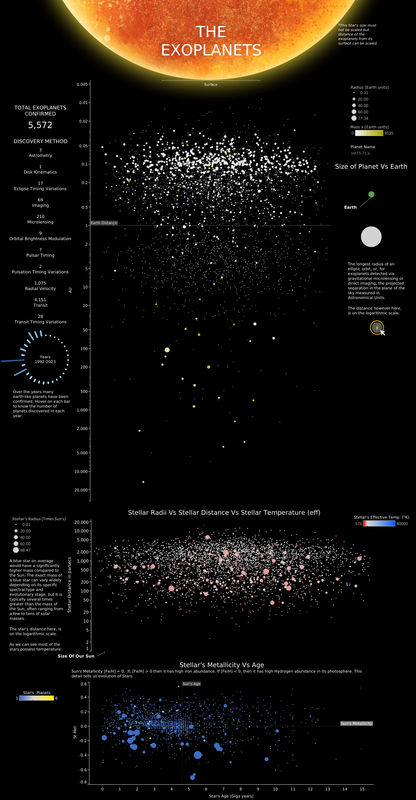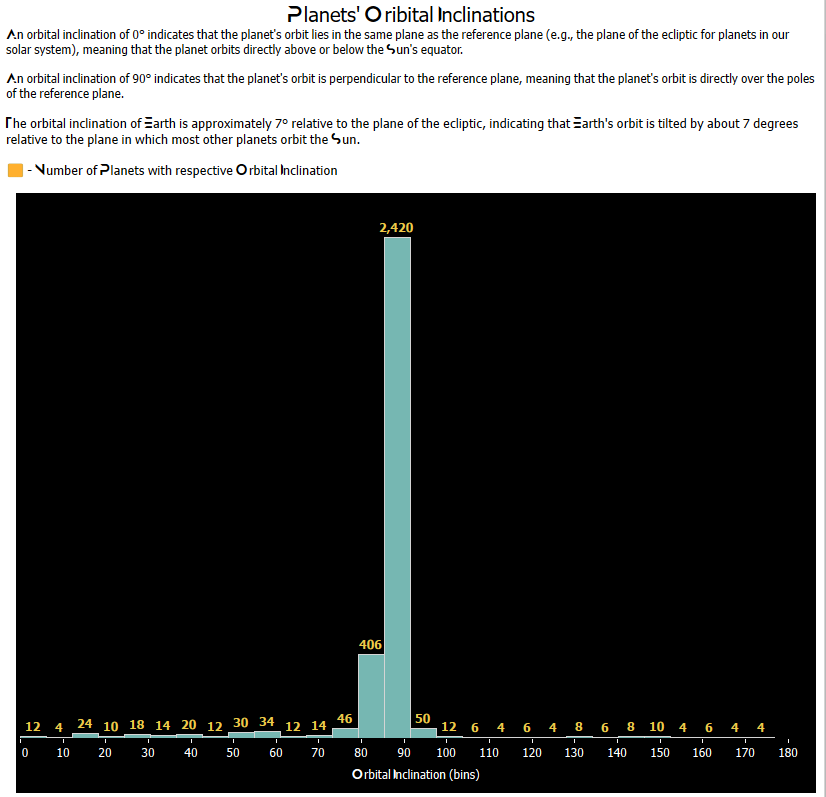The Exoplanets
 *Source: EVERSPACE 2 in-game screenshot
*Source: EVERSPACE 2 in-game screenshot
Okay Let’s see,
My Telescope features:
Location: On Earth
1) Scientific Explorer-102/600mm (focal Length) Achromatic Double Refractor
2) FujiFilm mirrorless camera with amazing shutter speeds with mountable T-attachment
3) An autotracker Equitorial Mount
Nasa’s James Webb Space Telescope:
Location: 1.5million Km away from earth (L2-point) in space
1) A jawdropping focal length of 131.4m
2) Foldable primary mirrors of diameter 6.5m.
3) Sun shield and temperature resistant for another 10 years.
Yeah, mine is dumb!
Anyway, I would like to tell you that technology in space exploration has improved a lot in the past decade or so. I found the Exoplanets dataset from Nasa Exoplanets Archive website. You can access the dataset from here. Let me first thank NASA and their program. Allow me to properly state and give dredit to my source.
This research has made use of the NASA Exoplanet Archive, which is operated by the California Institute of Technology, under contract with the National Aeronautics and Space Administration under the Exoplanet Exploration Program.
The Exoplanets
The universe is too vast to even consider ruling out any possibility of finding earth-like planet. But, with our current technology, we might not yet say for certainity that such planets could host life. In coming decades we might advance in our space research programs but for now, we know that there are other solar systems with planets in ‘Goldilock Zones’ such as our planet Earth.
Since 1992, NASA began its search to find earth-like planets and such planetart systems. Alas! we are shoked to see that they exist.
Exoplanets, also known as extrasolar planets, are planets that exist outside of our solar system and orbit stars other than the Sun. These planets are located in other stellar systems, which can be nearby stars within our Milky Way galaxy or stars in distant galaxies.
Exoplanets vary widely in size, composition, and characteristics, ranging from small rocky planets similar to Earth to massive gas giants like Jupiter and even exotic worlds with extreme conditions. They are typically detected through indirect methods, as they are too distant and faint to be observed directly with current technology.
The Dataset
The dataset is well documented and arranged but there are lot of missing values. I didn’t want to omit them as they have interesting parameters or features compared to Earth. Further into my analysis for specific purposes and metrics, I excluded nulls. I used Tableau to visualize the data.
Let me tell you, I went creative on this viz. I have a collection of fonts in my laptop and one just suits this viz. Its ANURATI from Emmeran Richard. I found interesting facts and I did some of my own digging to learn about aastrophysics. So here is what I did with the dataset;

As you can see, its creative.
Interesting Insights
Let me tell you some key takeaways:
1) There are a total of 5572 exoplanets discovered since 1992-2023. I used a starburst chart or circular bar chart to show planets discovered in each year.
2) Some planets are very close to its star, some very distant, some are very lighter and some are heavier than Earth. The planet HD 100546 b is 77.34 times larger than Earth but not the heaviest!
3) The heaviest planet HR 2562 is 9535 times heavier than Earth but much smaller than that of giant planet HD 100546 b! This planet HR 2562 is 12.14 times larger than Earth.
4) Lot of different methods have been used to identify or discover exoplanets as you can see in the viz.
5) Unlike planet earth that revolves around sun at an orbital inclination of 7°, some planets literally revolve perpendicularly (90° - orbital inclination). I categorzed them into bins as depicted in the plot below:

6) One of the important aspects of possible life on any planet is its Sun. Oh, let me correct myself. Its Star! Sun is ours though. So, I dived into the evolution of stars indicators such as their age, their temperature, their radiii, their mass and their metallicity that could help us understand the planetary system formation and possibly composition of systems.
7) This datasets reveals that lot of planets do fall in the goldilocks zone (assuming that the size of star remains constant) and that is a harder parameter to visualize because that zone varies with Stellar’s radius, planet’s orbital inclination & speed and Stellar’s temperature. If the star is hot, the zone pushes further back and days could get longer. So, I might end up doing more research on this topic.
Overall, this has been an amazing project for me to imporve skills in Tableau and put my creativity skills to good use. This viz is available on my Tableau profile or on my Github.
Let me know how you felt about my viz. I am open to any feedback or suggestion you have. Kindly, DM me through my LinkedIn.
If you have any interesting dataset and open to collaborate, I am game!